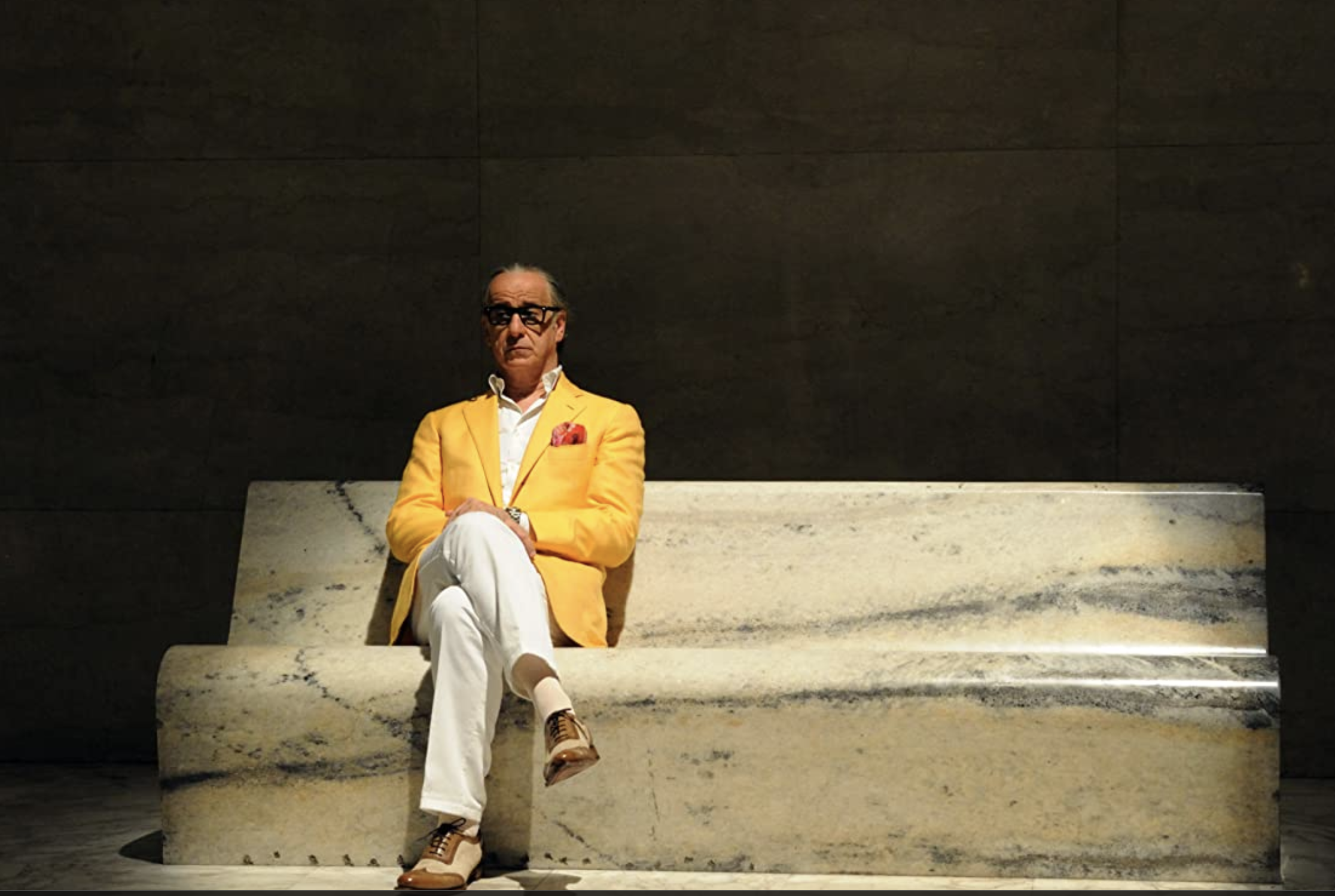
I have been doing so much learning and growing at work over the past year that I have entirely neglected an important part of my life.
I am an avid reader, I love art, and I love thinking about technology as more than just code, but as an expression of humanity. At least, I used to. Every single brain cell I had went to learning this year. But in focusing purely on technical implementatation, I felt empty inside. It’s my belief that, in order to produce good, well-rounded knowledge work of any kind, we need to be connected to both the hard sciences and humanities, and I completely failed in that this year.
And so over the winter holidays, I closed my work laptop and I watched movies and read books and listened to music. Instead of producing code, I consumed art.
In doing so, I stumbled across the films of Paolo Sorrentino, an Italian director who became acclaimed when “La Grande Bellezza,” The Great Beauty, won the Best Foreign Film Oscar in 2014.
Sorrentino’s directorial style is very demanding on the viewer, in no small part because his films are 2+ hours long, and for me, with the extra work of subtitles so I can’t just zone out on my phone, as I do when I’m usually watching TV.
His movies are long and meandering and often centered on the main character going on a journey and finding a truth about themselves within the lens of the world.
Sorrentino is justifiably famous for his films’ consistent visual beauty, their combination of quirky narrative, oddball protagonists, and spectacular image. All of his films feature long mobile takes in which the camera swoops around for no apparent reason, with close-ups of unusual faces or objects cut into the flow.
There is, eventually a point to the movies, but it takes them a long time to get there. In the meantime, you can just enjoy the visual scope.
La Grande Bellezza is about Jep Gambardella, an aging journalist and theater critic in Rome, who essentially just wanders through the Roman social circuit for the entire movie.
Not much happens - he meets people he knows, interviews people, falls in and out of love, and eventually is inspired to write a new book. But just as important as the character of Jep is the character of Rome - lush, luxurious, quiet, ancient, grand, and demanding. I came away from the movie feeling like I had worked through something unspoken and latent but important, which is why I imagine it was so popular when it came out.
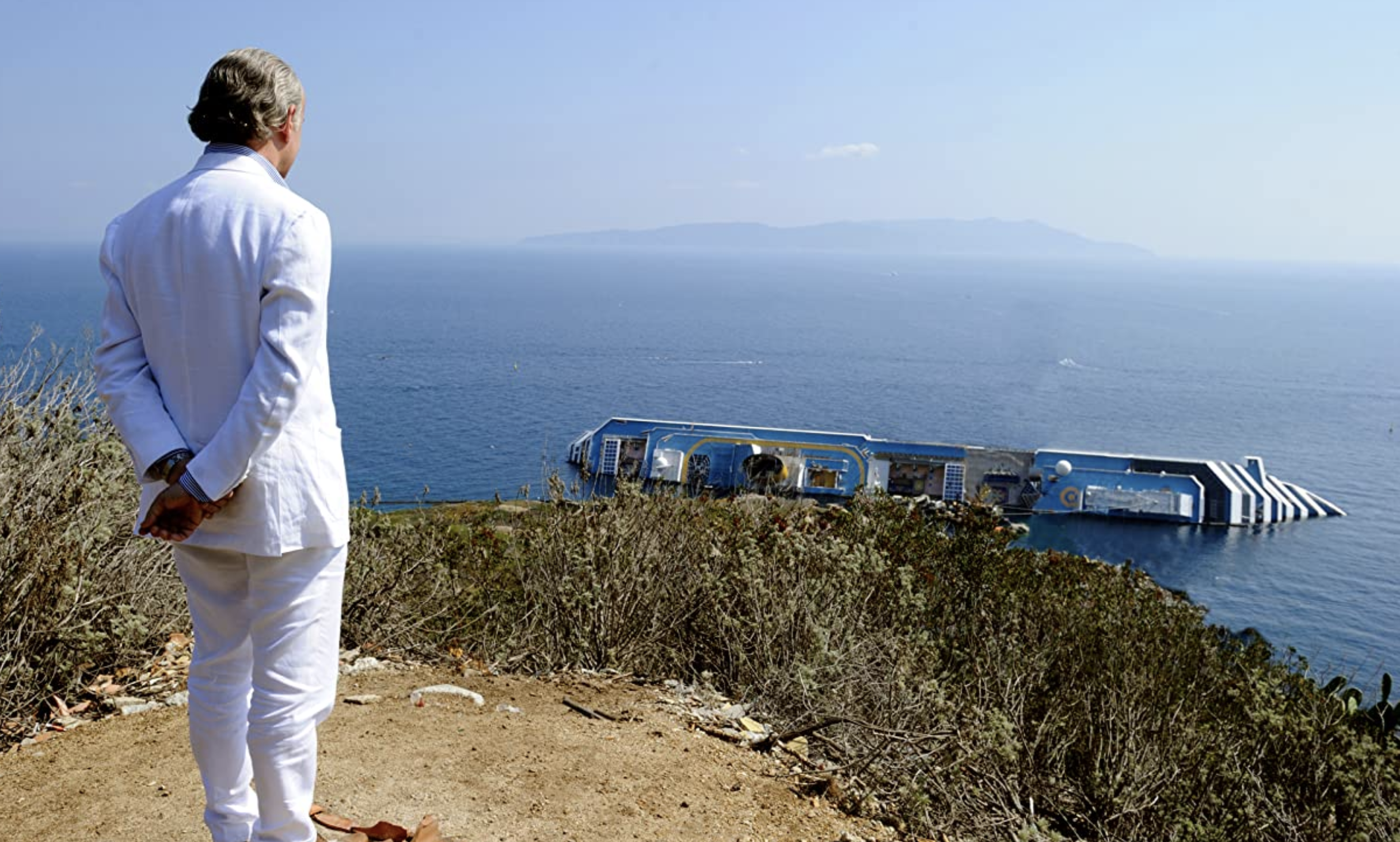
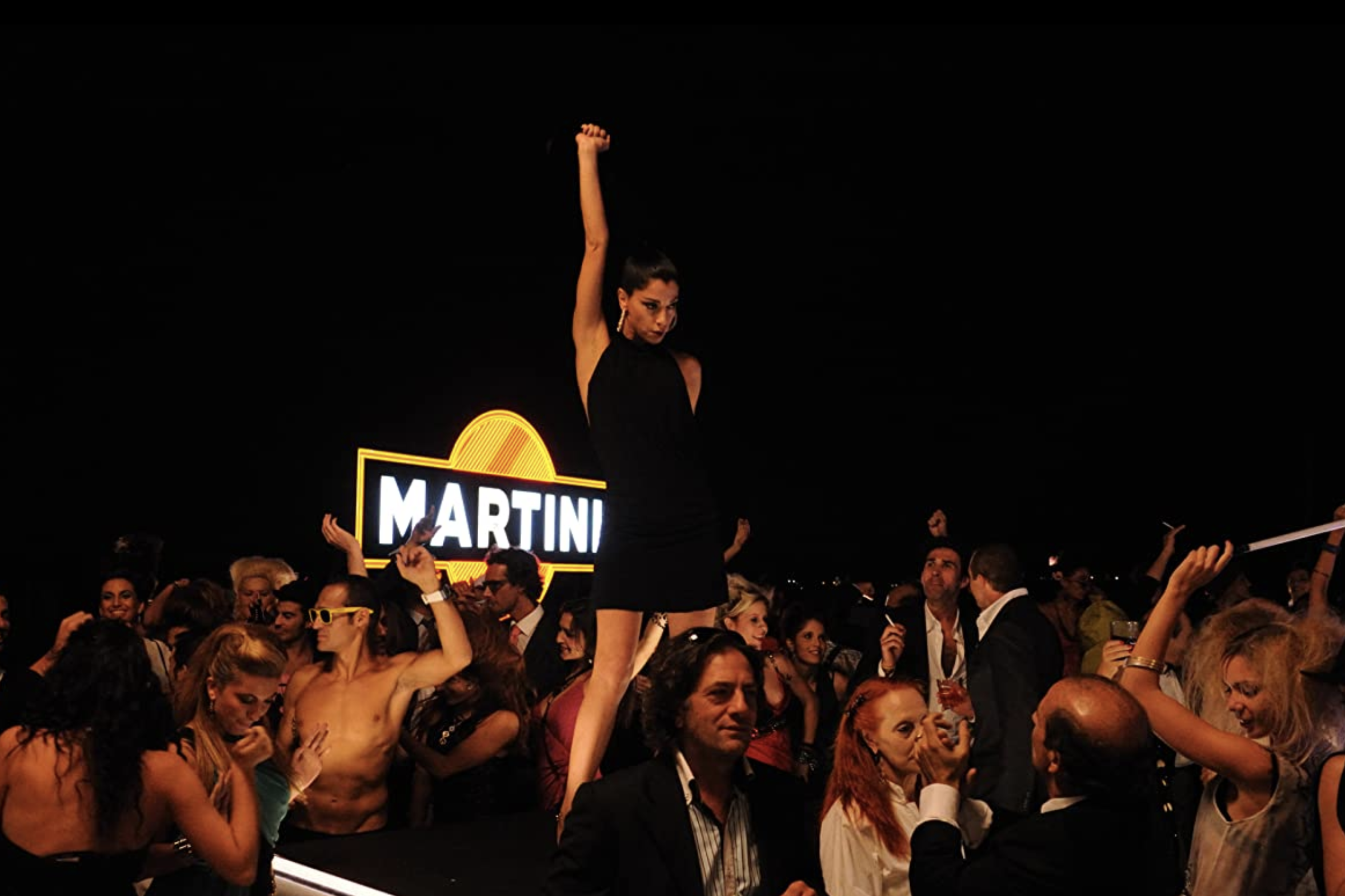

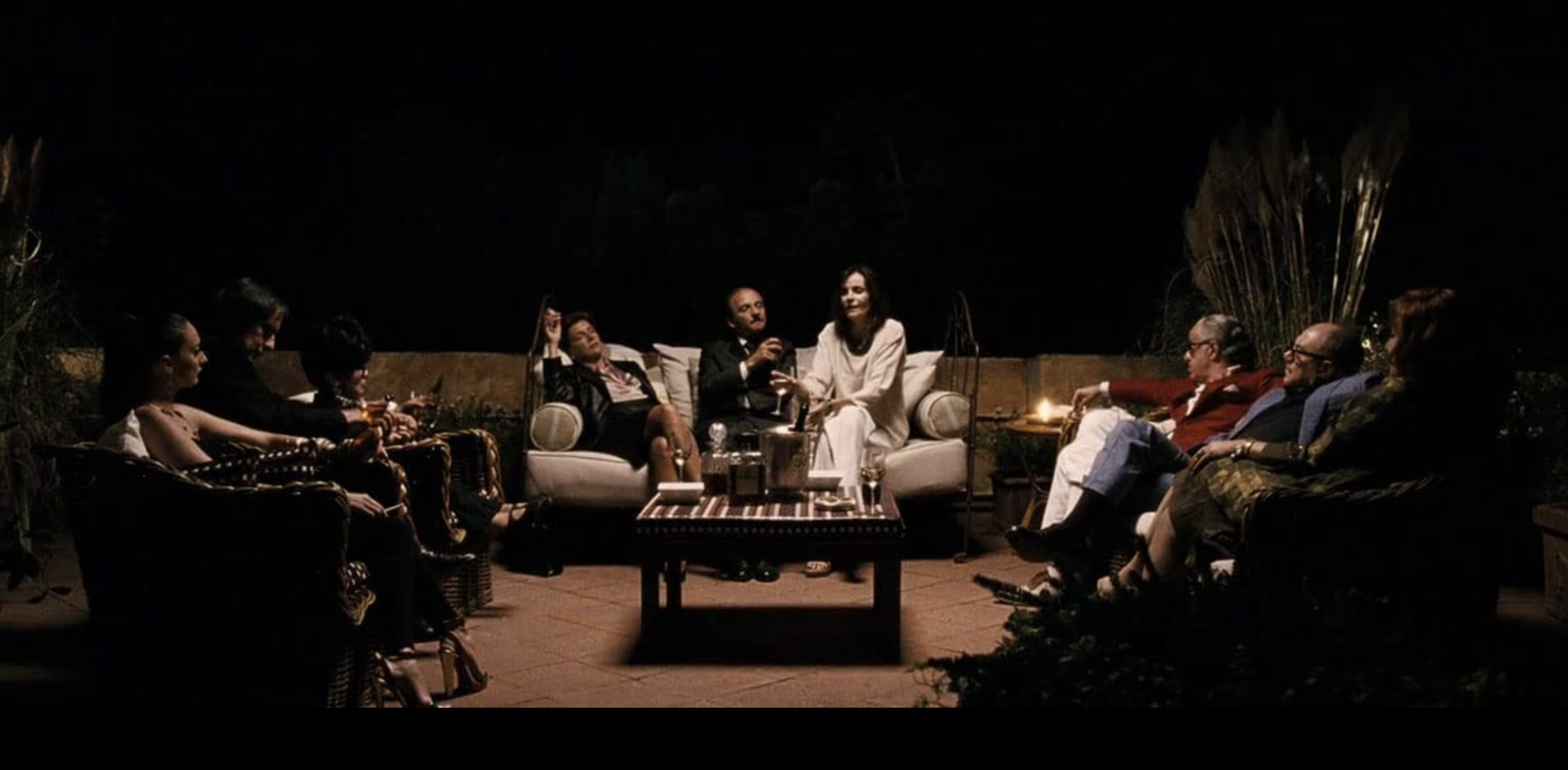
Sorrentino’s latest movie, “È stata la mano di Dio”, It was the hand of God, in reference to Diego Maradona’s 1986 FIFA World Cup goal against England as a part of Naples’ football club, where he scored an impossible winning goal using, accidentally, his hand.
It’s about a lot more than that, though, of course. Mostly, it’s about Sorrentino’s own childhood, Naples in the 1980s, growing up extremely suddenly, and making sense of random senseless acts of the heavens, aka “the hand of god”, in our own lives when it happens.
The movie opens with a mysterious encounter between a beautiful woman (Luisa Ranieri) at a bus stop, and a man who claims he is San Gennaro, the patron saint of Naples. (The other, unofficial patron saint of Naples is the Argentine soccer star Diego Maradona; the movie’s title refers to his description of a goal he scored in the 1986 World Cup.)
The surreal, hallucinatory images of that opening sequence, including the portrayal of a mythical figure called the Little Monk, which echo throughout the film, are techniques that are characteristic of Sorrentino’s work, but also, he said, tropes that are deeply true to his hometown.
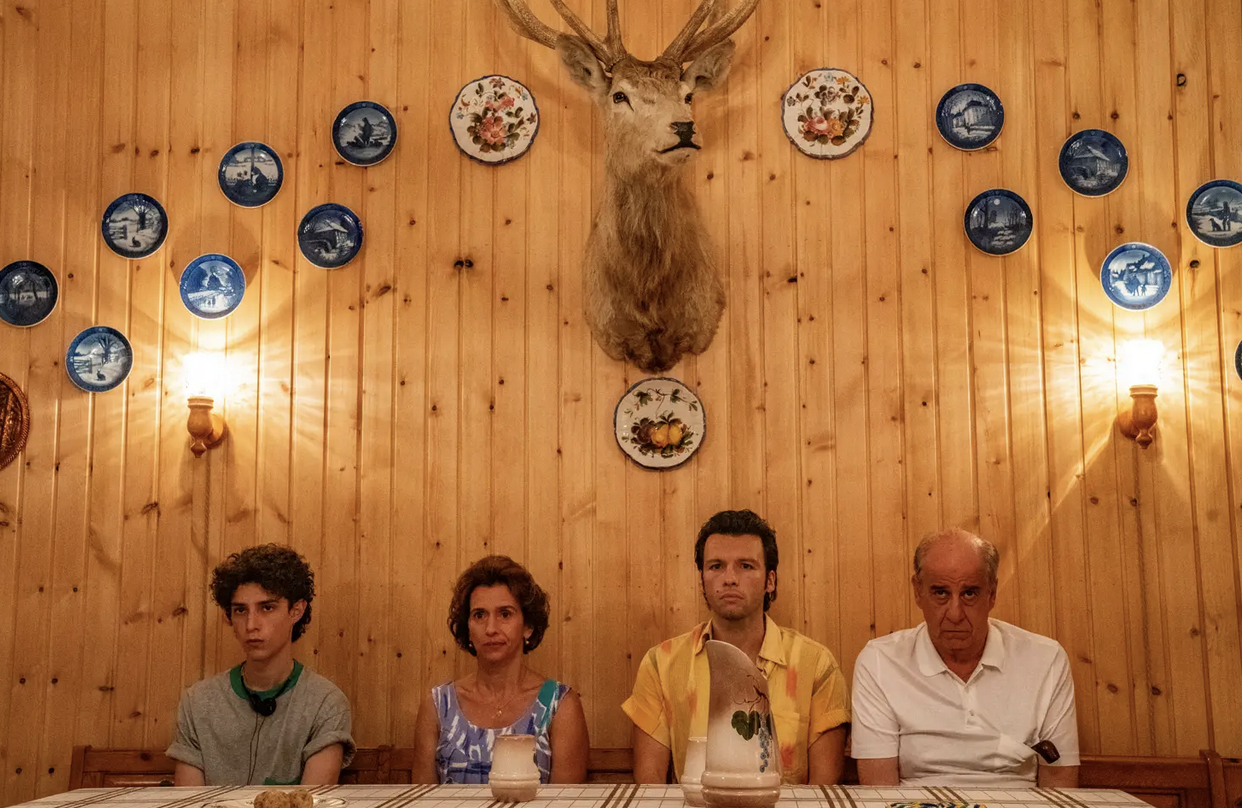
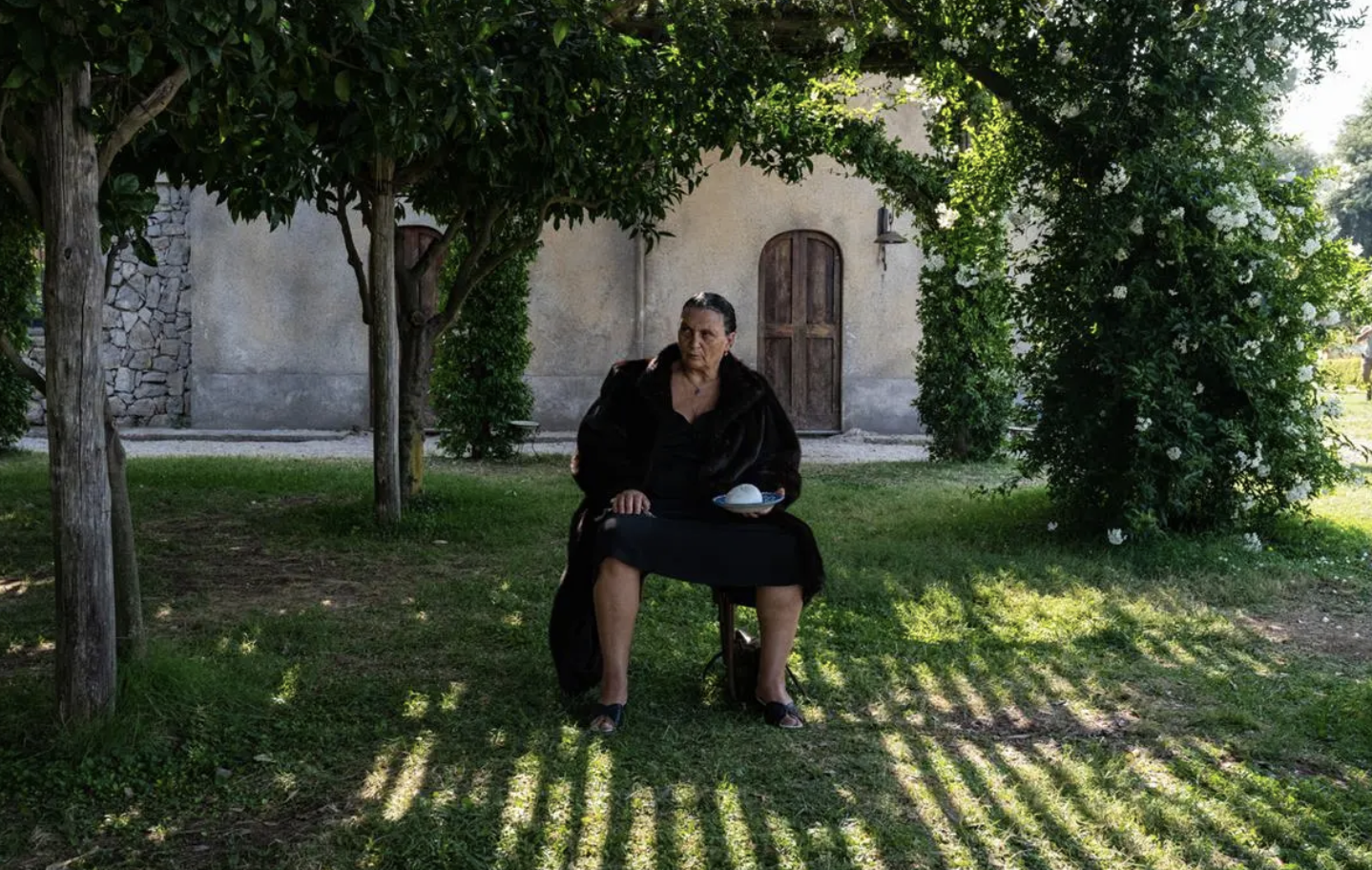
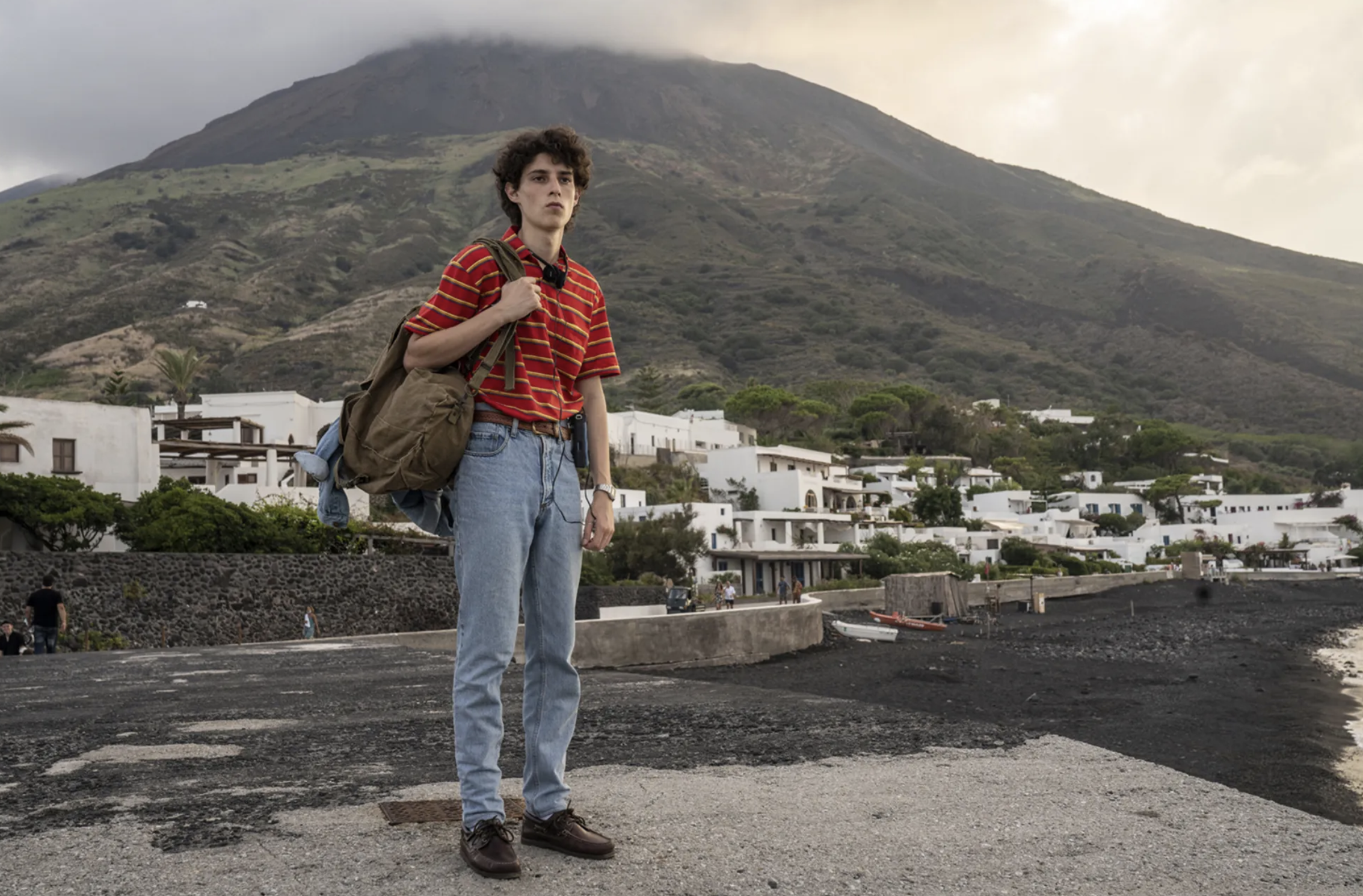
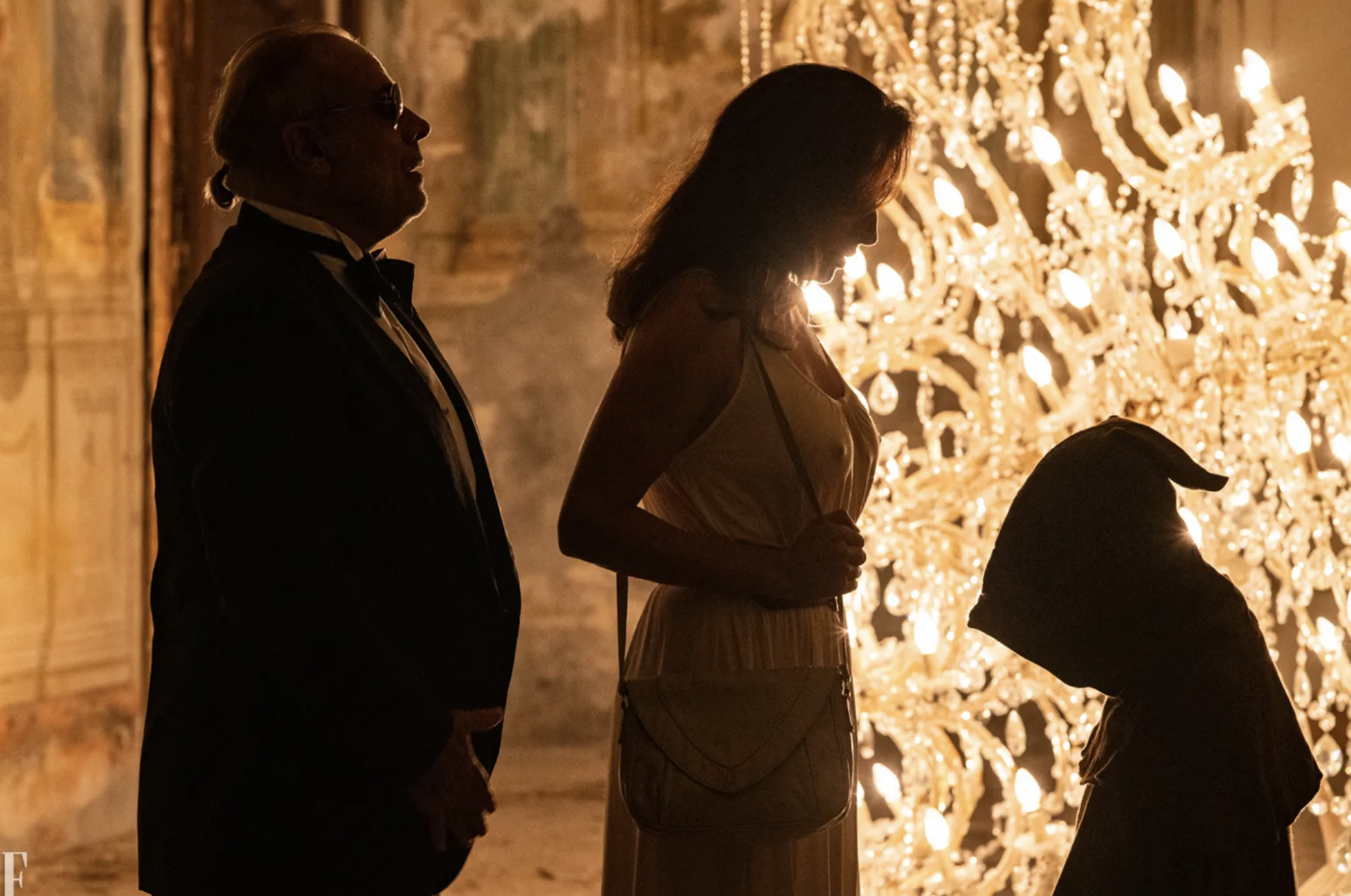
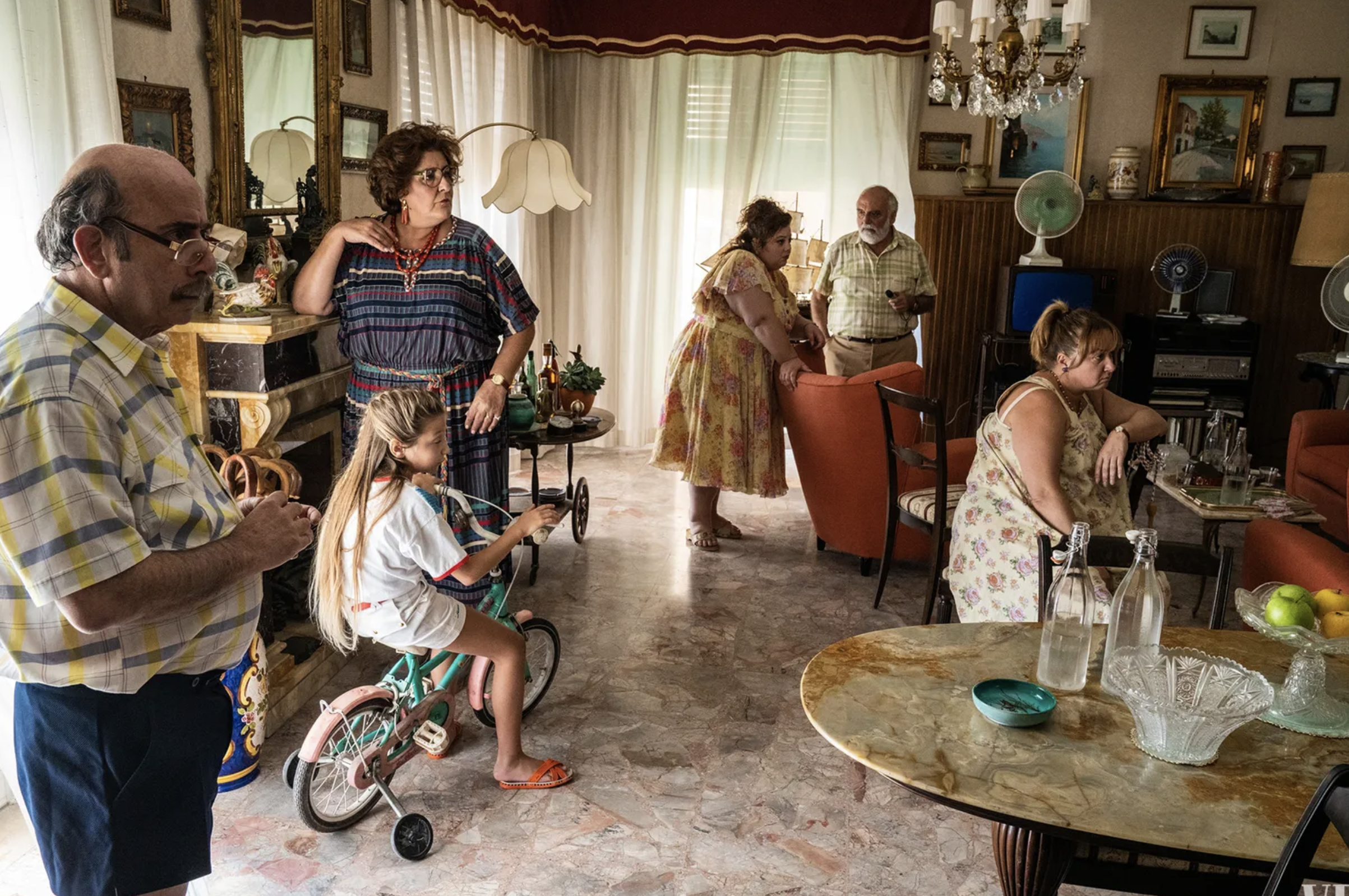
More pictures here.
I can’t do justice to describing Sorrentino’s style. His movies are are extremely slow, atmospheric, touching, and elevate the viewer to a higher level.
In watching both films, something I realized was that one of the things I liked about them was that I didn’t entirely understand what was happening, or where the movie was headed.
I was watching these movies just as omicron was ramping up and schools were closing and events were being moved and half the people I knew and loved were sick, once again throwing the mental model I had created of how to navigate my world into confusion.
During this time, it was a comfort to have these works of art which were also puzzling and where the answer was, ultimately, just like the end of this plague, vague and unknown. But Sorrentino made me feel like, wherever we were headed, even if it was into the deep, mystical unknown, that we headed there with grace, beauty, and a deeper feeling of connection to the world around me, and for that, it was worth it.